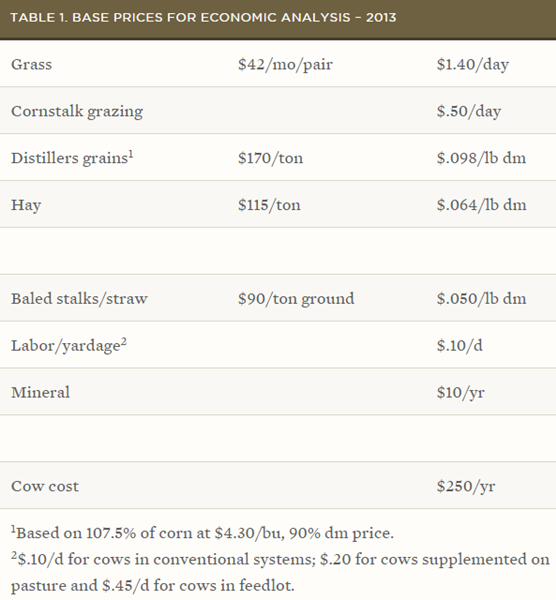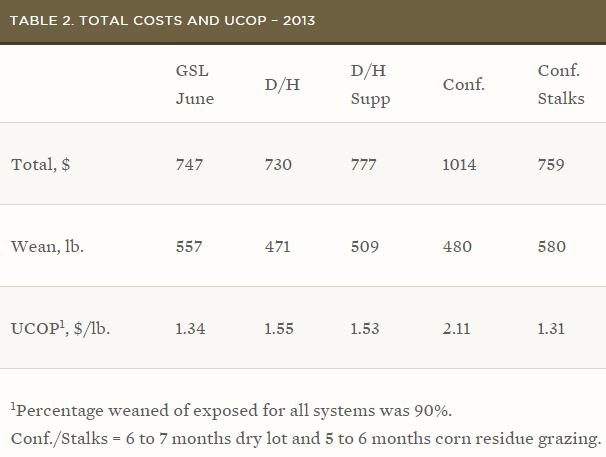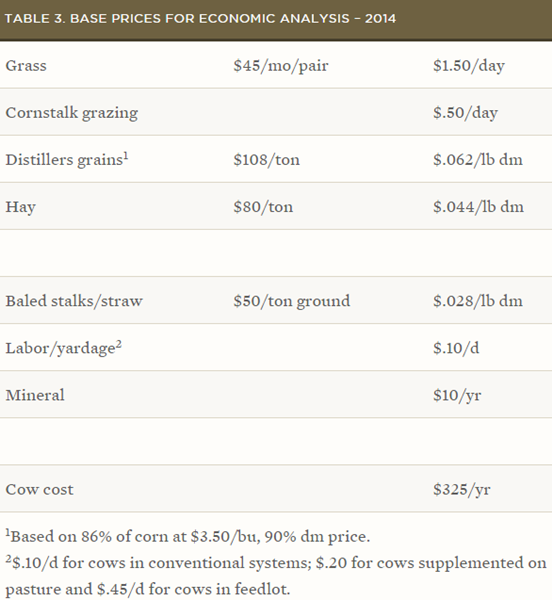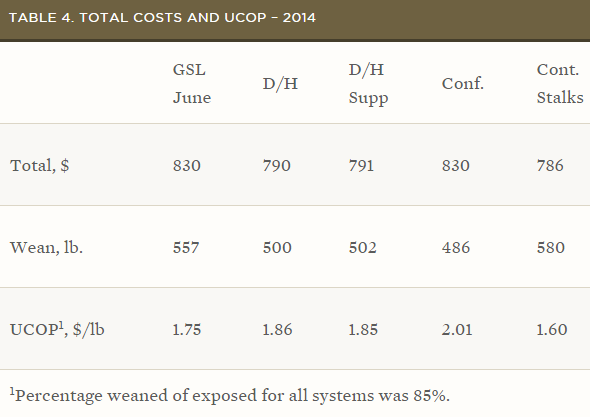Creating a Drylot Beef Cow/Calf Enterprise
What options are there to build the nation's cow herd or add a beef cow/calf enterprise with limited pasture that will no doubt be expensive?
By: Rick Rasby, Professor of Animal Science, University of Nebraska - Lincoln
The dynamics in the beef cattle industry remain volatile with wide swings in the price of grains and forages. The high prices of corn and forages of 2012 and 2013 were followed by lower grain and forage prices in 2014 and 2015. Pasture prices and rental rates were pushed up in recent years because pastures were converted to row crop and this trend appears to be a major factor in the cattle industry for 2015.
Alternative options to traditional cow/calf enterprises
The University of Nebraska is investigating alternative options to traditional cow/calf enterprises. The premise is to research cow/calf enterprises that center around the large number of corn acres that are available in many Midwestern states.
In the Nebraska experiment, composite June/July calving cows were dry lotted for 365 days. Cows are limit-fed a diet of distillers grains and crop residue (either ground corn stalks or wheat straw). The limit-fed rations meet the cow's nutrient requirements, but cows do not eat to their full capacity. The rations are about 19% Crude Protein and 80% TDN on a dry matter basis, but level of dry matter intake varied depending on stage of production. A supplement was fed that contained an ionophore.
While eating these rations, cows maintained weight and body condition when they were gestating or lactating. In addition, calf performance was monitored and performance was similar to what would be expected for cow/calf pairs managed in a pasture setting.
Spring & early-summer calving compared to confinement system
The University of Nebraska has extensive data sets on spring calving and early summer (June calving) calving systems to compare to the confinement system. In these systems, records were kept on days grazing vegetative and dormant pasture, days grazing corn residue, and days fed distillers grains, hay, baled residues, and supplements.
The prices used for the comparison in 2013 are described in Table 1 (below). Distillers grains and stalks/straw are the major components and due to the drought in 2012-2013 the price of both feed ingredients are high. A different yardage was assessed for cows when they were in the dry lot, grazing stalks or pasture, or fed supplement while on pasture. The "cow cost" row in Table 1 represents all other costs in an annual cow budget and includes replacement costs. Percentage of calves weaned of females exposed was held constant across all systems at 90%.
In Table 2 (below) the confinement system is compared to three other cow/calf management systems.
- The June calving herd is at the Gundmundsen Sandhills Lab (GSL) and is a Sandhills system that is basically pasture and protein supplement and essentially no hay.
- The spring-calving herd is a Southeast Nebraska research herd (D/H) where cow/calf pairs graze pasture in the spring, summer, fall, then cows go to corn stalks followed by hay feeding during calving before grazing spring pasture.
- The other spring-calving herd (D/H Supp) is like the one described above except during the spring/summer/early fall a distillers grains plus ground residue combination is substituted for half of the pasture consumed daily.
The total confinement system breakeven (UCOP) is $0.77/lb greater than the GSL system with the UCOP for D/H systems between the total confinement and GSL systems. Currently we do not have a full production cycle on the semi-confinement system, but using our best estimates the UCOP is similar to the GSL cow/calf system.
The prices of the different feeds used in the 2014 economic analysis are in Table 3 (below). The cost of pasture increased compared to 2013 and cost of distillers and forage decreased. Cow costs increased as a result of female replacement costs being greater in 2014 compared to 2013. Yardage costs, added to each system as noted earlier, is also included. Percentage of calves weaned of females exposed was held constant across all systems at 85%.
Table 4 (below) includes total annual cow costs, weight at weaning, and base breakeven for each of the systems. Weaning weight is greater for the semi-confinement system as calves grazed with their dam while on corn residue.
Conclusion
Annual cow costs for the more traditional spring- and summer-calving herds are similar and less than the total confinement system. Because of the price of distillers' grains and residue in 2014, the spring calving system that includes feeding a ration of residue and distillers is the least expensive system in our comparison. Total confinement system is still the most expensive system but, due mainly to feed costs, the gap with more conventional systems narrowed when comparing 2014 to 2013.
What is interesting is the semi-confinement system that includes dry lotting and grazing corn stalks is the least expensive of the systems compared. As mentioned, we do not have a full production cycle on the semi-confinement system; but, using our best estimates, the UCOP is similar to the GSL cow/calf system.











